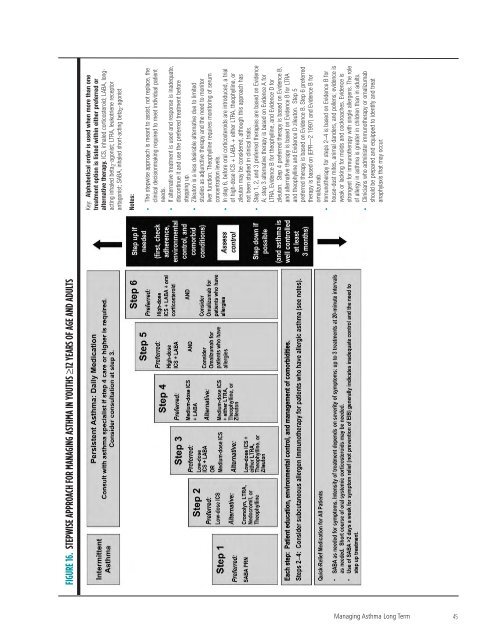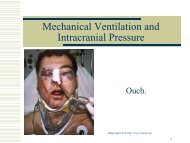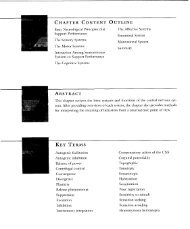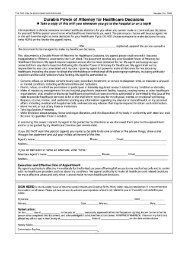Guidelines for the Diagnosis and Management of Asthma
Guidelines for the Diagnosis and Management of Asthma
Guidelines for the Diagnosis and Management of Asthma
You also want an ePaper? Increase the reach of your titles
YUMPU automatically turns print PDFs into web optimized ePapers that Google loves.
FIGURE 16. STEPWISE APPROACH FOR MANAGING ASTHMA IN YOUTHS ≥12 YEARS OF AGE AND ADULTS<br />
Key: Alphabetical order is used when more than one<br />
treatment option is listed within ei<strong>the</strong>r preferred or<br />
alternative <strong>the</strong>rapy. ICS, inhaled corticosteroid; LABA, longacting<br />
inhaled beta 2 -agonist; LTRA, leukotriene receptor<br />
antagonist; SABA, inhaled short-acting beta 2 -agonist<br />
Notes:<br />
• The stepwise approach is meant to assist, not replace, <strong>the</strong><br />
clinical decisionmaking required to meet individual patient<br />
needs.<br />
• If alternative treatment is used <strong>and</strong> response is inadequate,<br />
discontinue it <strong>and</strong> use <strong>the</strong> preferred treatment be<strong>for</strong>e<br />
stepping up.<br />
• Zileuton is a less desirable alternative due to limited<br />
studies as adjunctive <strong>the</strong>rapy <strong>and</strong> <strong>the</strong> need to monitor<br />
liver function. Theophylline requires monitoring <strong>of</strong> serum<br />
concentration levels.<br />
• In step 6, be<strong>for</strong>e oral corticosteroids are introduced, a trial<br />
<strong>of</strong> high-dose ICS + LABA + ei<strong>the</strong>r LTRA, <strong>the</strong>ophylline, or<br />
zileuton may be considered, although this approach has<br />
not been studied in clinical trials.<br />
• Step 1, 2, <strong>and</strong> 3 preferred <strong>the</strong>rapies are based on Evidence<br />
A; step 3 alternative <strong>the</strong>rapy is based on Evidence A <strong>for</strong><br />
LTRA, Evidence B <strong>for</strong> <strong>the</strong>ophylline, <strong>and</strong> Evidence D <strong>for</strong><br />
zileuton. Step 4 preferred <strong>the</strong>rapy is based on Evidence B,<br />
<strong>and</strong> alternative <strong>the</strong>rapy is based on Evidence B <strong>for</strong> LTRA<br />
<strong>and</strong> <strong>the</strong>ophylline <strong>and</strong> Evidence D zileuton. Step 5<br />
preferred <strong>the</strong>rapy is based on Evidence B. Step 6 preferred<br />
<strong>the</strong>rapy is based on (EPR—2 1997) <strong>and</strong> Evidence B <strong>for</strong><br />
omalizumab.<br />
• Immuno<strong>the</strong>rapy <strong>for</strong> steps 2–4 is based on Evidence B <strong>for</strong><br />
house-dust mites, animal d<strong>and</strong>ers, <strong>and</strong> pollens; evidence is<br />
weak or lacking <strong>for</strong> molds <strong>and</strong> cockroaches. Evidence is<br />
strongest <strong>for</strong> immuno<strong>the</strong>rapy with single allergens. The role<br />
<strong>of</strong> allergy in asthma is greater in children than in adults.<br />
• Clinicians who administer immuno<strong>the</strong>rapy or omalizumab<br />
should be prepared <strong>and</strong> equipped to identify <strong>and</strong> treat<br />
anaphylaxis that may occur.<br />
Managing <strong>Asthma</strong> Long Term<br />
45





